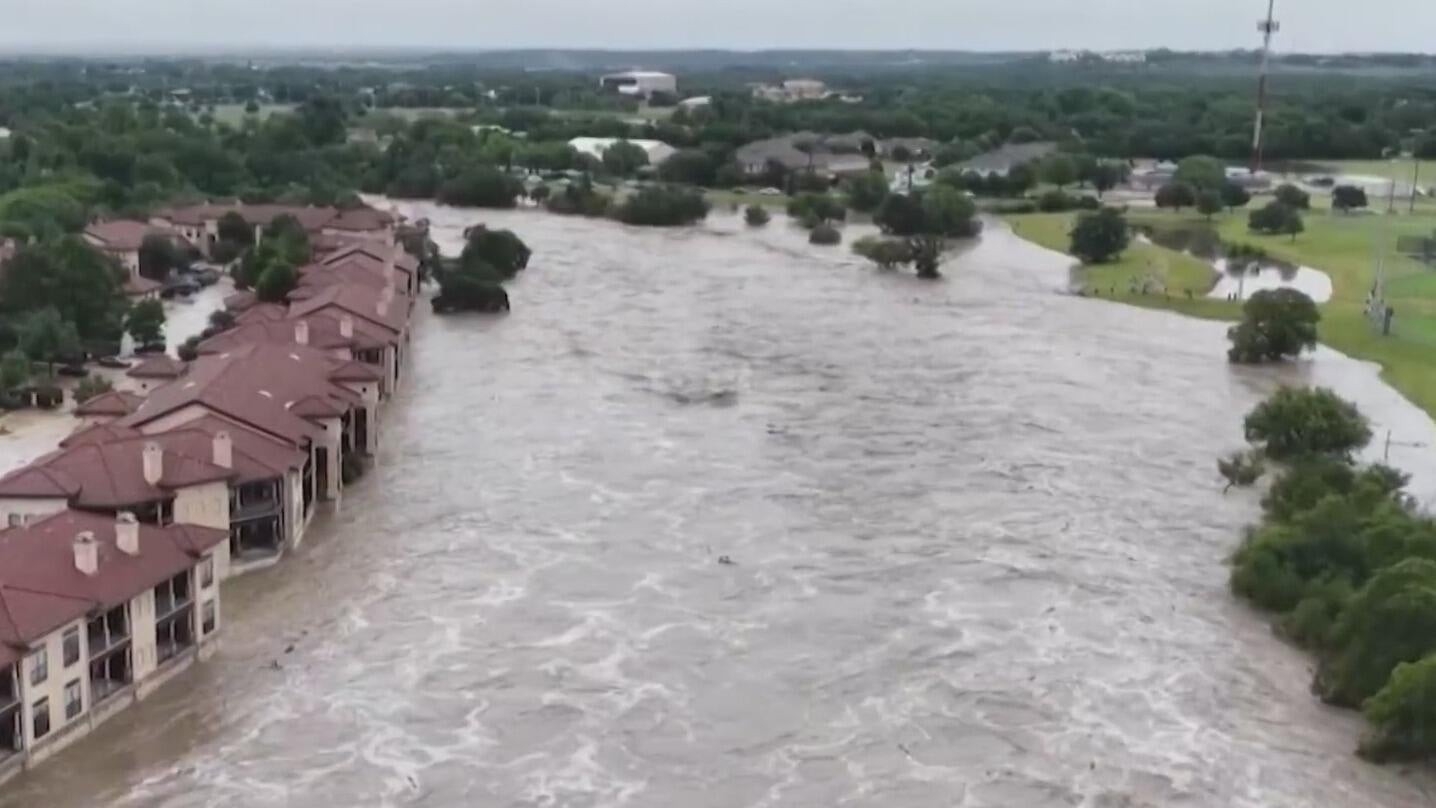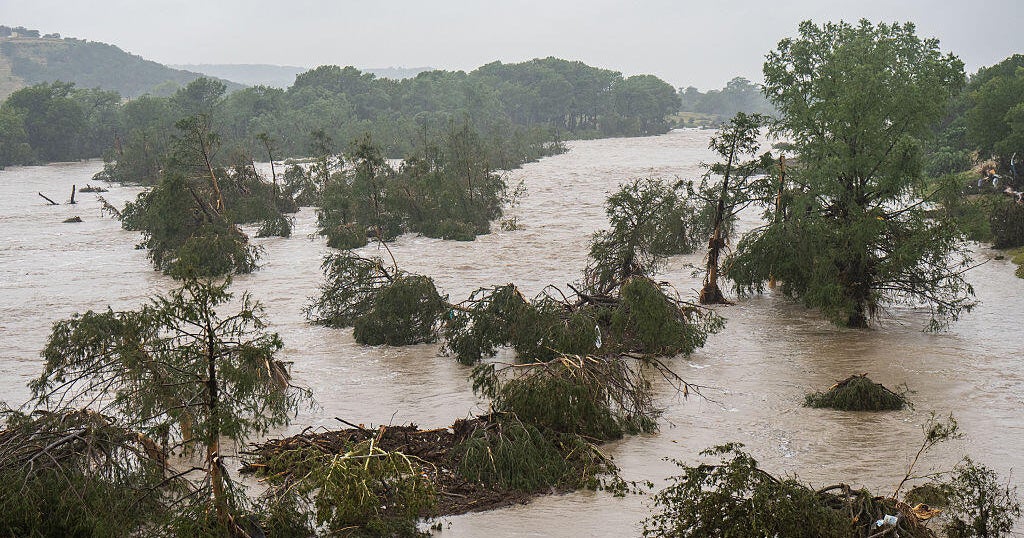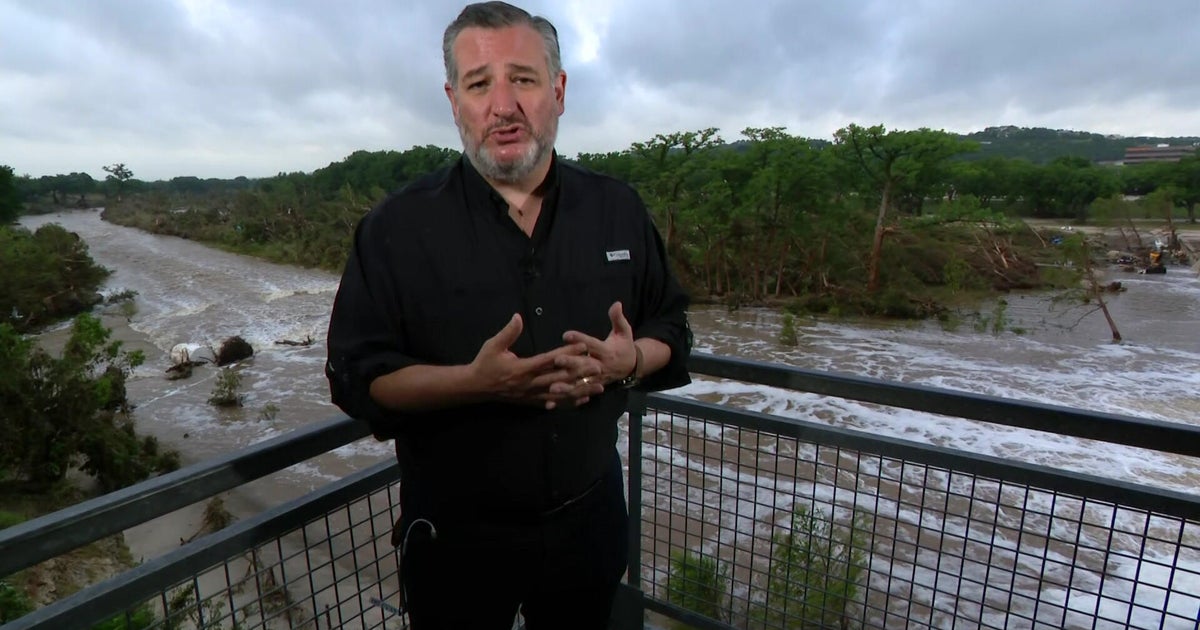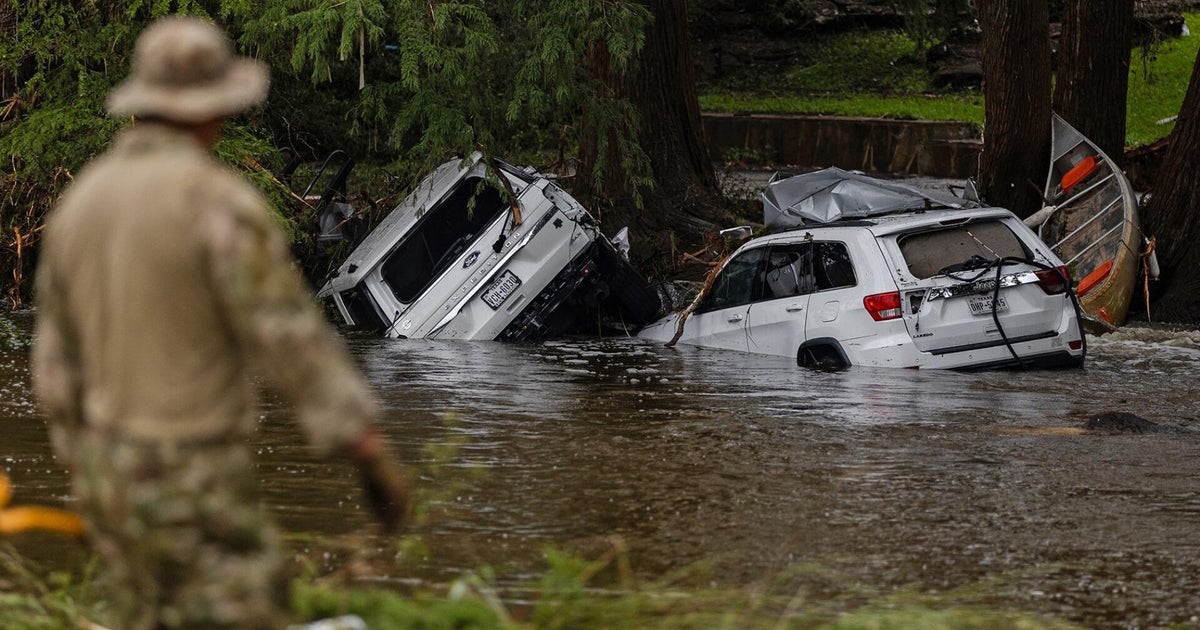Experts say soil, not just rainfall, played key role in devastating Kerr County floods
While the rain came fast and heavy in the July Fourth deadly flooding in Kerr County, experts say it was also the region's unique terrain and soil that played an even greater role in turning a storm into a disaster.
Roads disappeared under rushing water. Homes and businesses were submerged as the Fourth of July weekend turned into a rescue mission.
"The Hill Country has very unique soil conditions," said Dr. Nick Fang, a civil engineering professor and flood infrastructure researcher at the University of Texas at Arlington. "The soil layer is pretty thin, and underneath is mostly granite and limestone. The ground just can't take in much water."
With nowhere to go, rainwater rushed across the surface, straight into creeks and streams, creating rapid flash floods with little time for residents to respond.
"Think of it like a sponge," Fang said. "If you don't have one, the water just runs off instantly."
Another factor that made matters worse was the drought-like conditions leading up to the storm. According to Dr. Feifei Pan, a hydrology expert and geography professor at the University of North Texas, when soil is too dry, it actually becomes more resistant to moisture, almost like concrete.
"If it's dry, like concrete, you cannot have water infiltrate," Pan said. "You basically seal the topsoil."
It's called "infiltration-excess runoff," and both Fang and Pan believe it significantly worsened the impact of this week's storm.
As the cleanup continues in Kerr County, so does the conversation about how to prevent the next disaster.
Experts say more awareness around soil conditions, land development, and floodplain management is urgently needed, especially in areas of Central Texas, often referred to as "Flash Flood Alley."
Because they say in this part of the state, what's under your feet can matter just as much as what is coming from the sky.




